
Interior Photography in Charlotte, NC
I was recently commissioned by Jennifer Morrell with An Inspiring Home to photograph her latest interior design project down in Waxhaw, NC (just out of
FILED UNDER
POSTED ON
I recently got asked to photograph a night club. My first thoughts quickly jumped from, “Awesome, I get to photograph something new,” to “Ok, how are we going to do this with low light,” wrapping up with, “I’ll figure it out, this is a new client!!!” (let’s be honest, this was really my first thought.) This club is going for up sale and the realtor needed images that showcase the building in a pleasing way. What made me nervous, however, was her reluctance and repeating of, “This is going to be a hard one.”
There are lots of times when we will be needed to photograph something, or somewhere, that is less than ideal. In this case, the night club was a building with low light, lots of neon, and wide open spaces. That’s what makes being a photographer an art and not just an auto setting. Being able to adjust and create an image is crucial to success and I’ll walk you through how I did it.
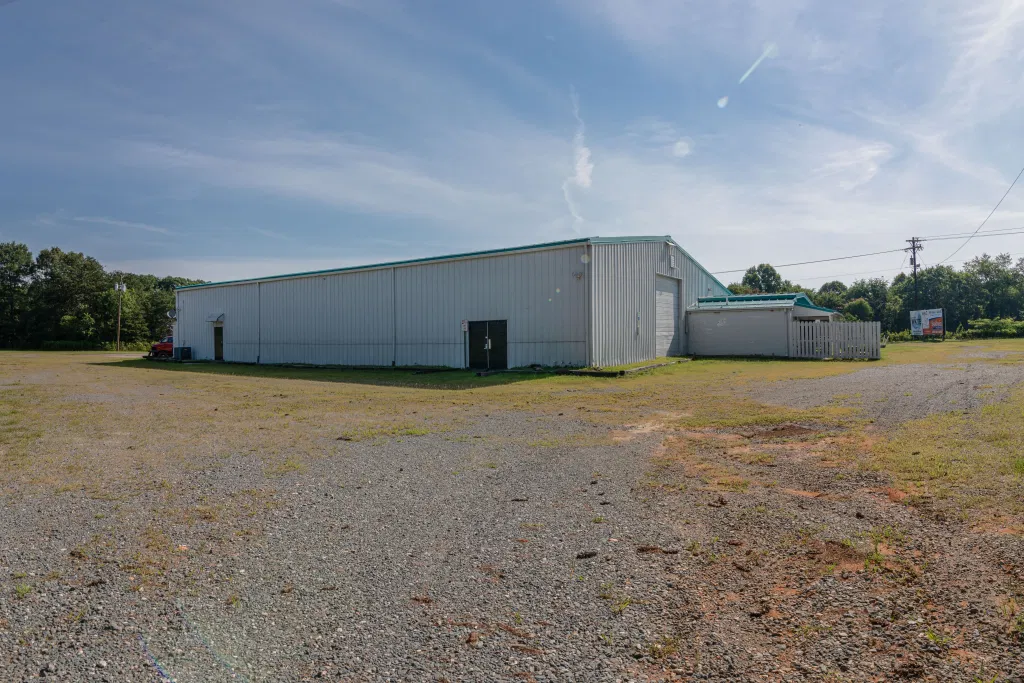
Let’s set the scene. The Country Corral, in King, NC, is a bar and nightclub. It’s seated right off of the highway with great visibility, two income producing billboards, and the building itself. It’s nothing miraculous on the outside (aside sitting on a four acre lot) but like most night clubs, it completely transforms when you walk in. Entrance to the building brings you into a foyer type area facing a large stage and dance floor with seating and a bar to the left. The space includes multiple storage rooms, a band lounge room, changing rooms, an office, and large freezer.
The interior of the building is very dark, I expected this considering the use of the space. In many cases, this would have a photographer cringing at the thought of having little to no light. However, with my tripod and plenty of neon lights to go around, I knew this would be fun.
Let’s get to knitty-gritty, the things only photographers drool over. Camera settings!!! Since I was shooting in low light, I set my ISO to 400. Normally in an architecture session I’ll have it set at 160 or so but in this case we had to balance noise with exposure. Thankfully I know my camera won’t really start showing noise until 1600 so I felt pretty confident at 400. I actually left my white balance on auto. For one, I knew that with all that neon, the lighting would be different in every shot, and two, I didn’t really think about setting it anyways *clears throat… I closed down the aperture a bit more than normal here because the space was wide open. I set my aperture to f9, but usually I keep it closer to f5.6 or so. When dealing with smaller spaces it’s ok to have a shallower depth of field but here, with a huge dance floor, I needed it all in focus. Having the aperture that small meant I had to use very long exposures. Most of the time I set my shutter speed anywhere from 1 second to 10 seconds.
Now I did shoot HDR, with all of those lights and shadows, there was no question about it. In case you aren’t familiar with HDR, it stands for High Dynamic Range. Essentially, the photographer captures three different exposures of the exact same image. One is a proper exposure, one is under exposed, and one is over exposed. This allows us to combine the images in post processing and show higher exposed shadows with lower exposed highlights (aka, all those neon signs). I do this with all of my architecture photography anyways but in this case it was crucial.
Take a peek at some of the shots I got and let me know what you think!
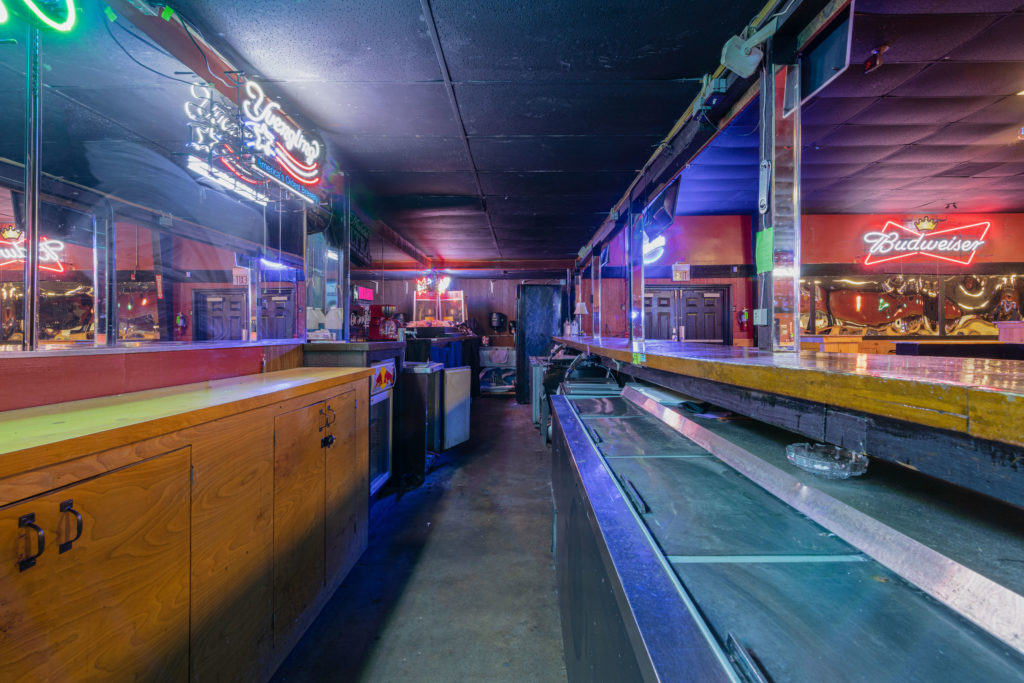
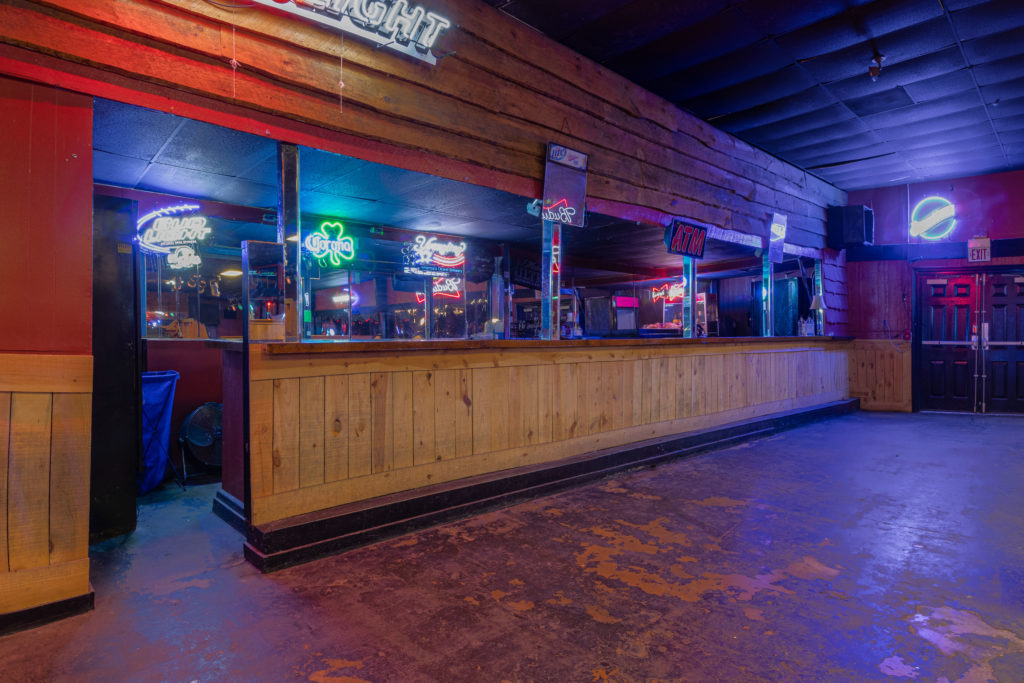
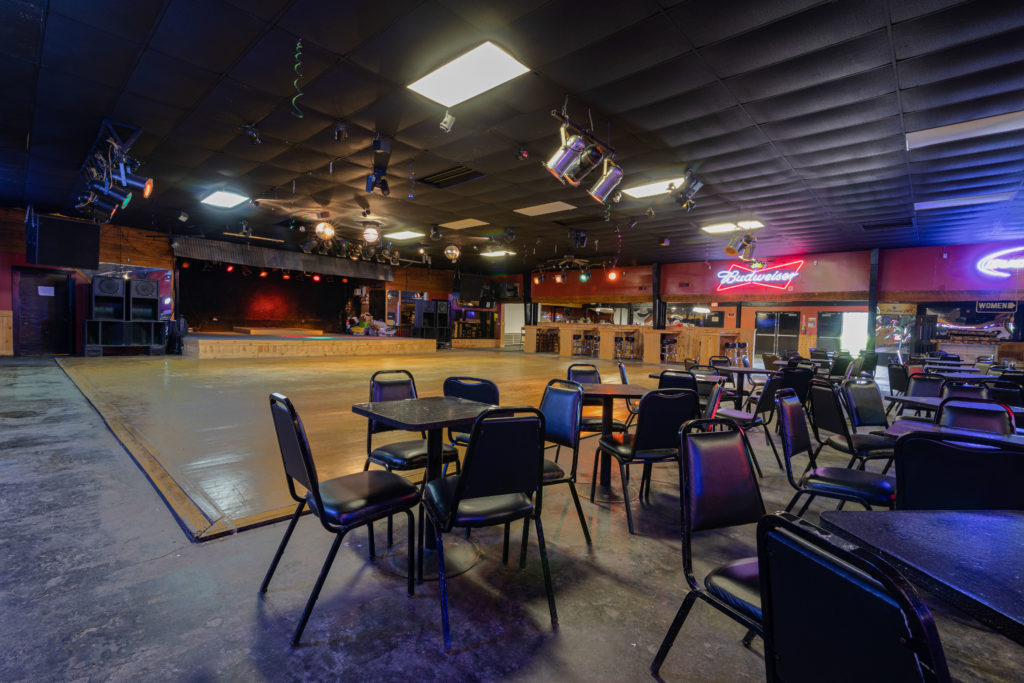
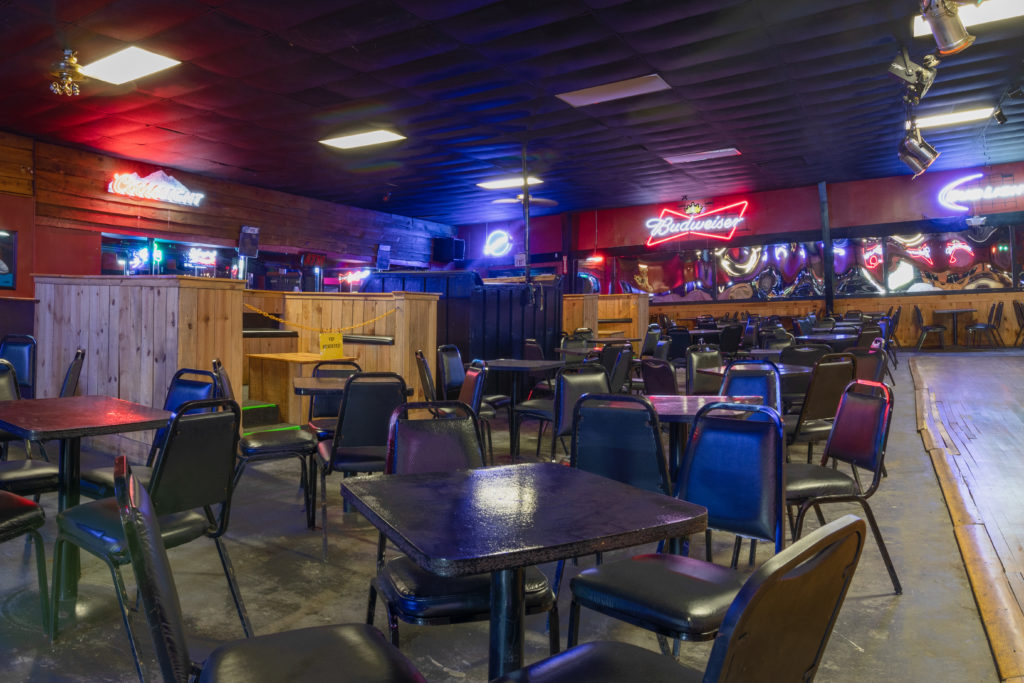

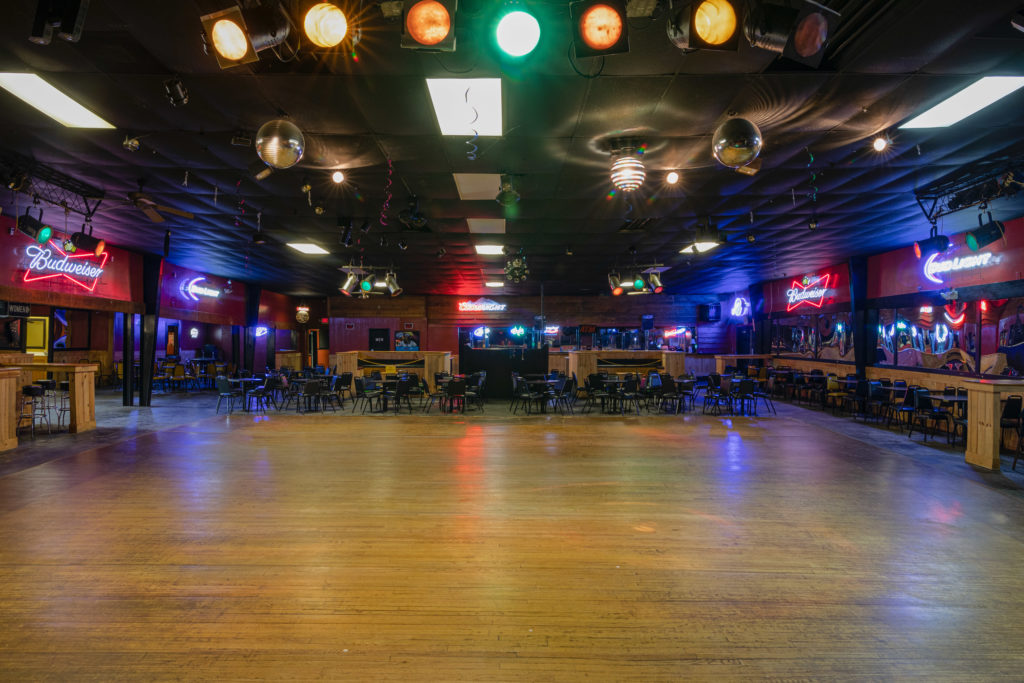
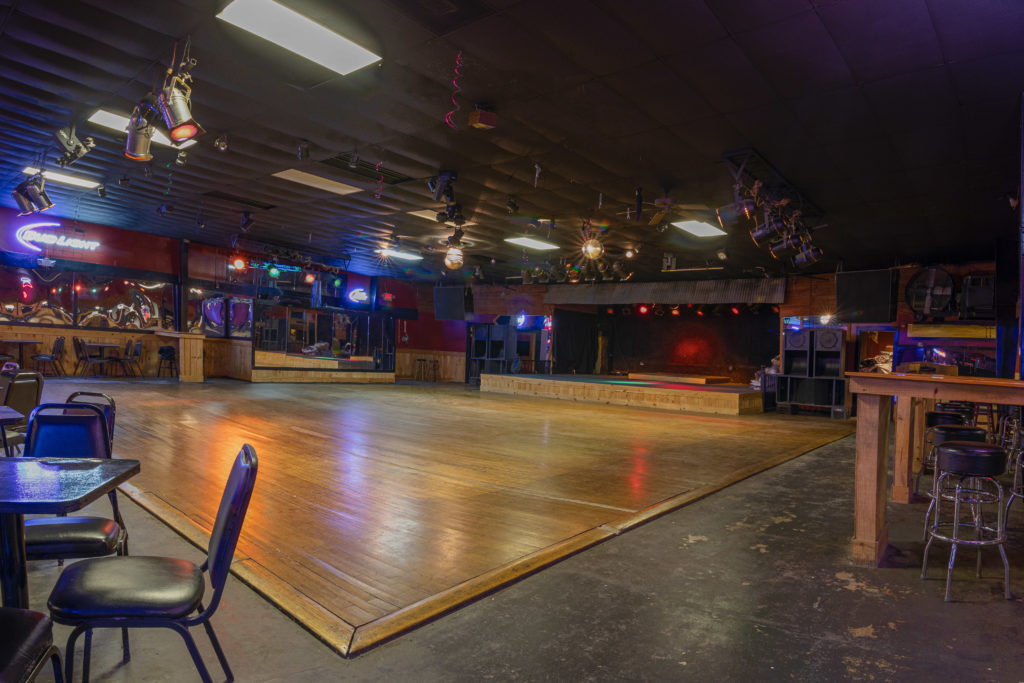
Want more architecture photography? Check out my Photoshoot with Ethan Allen or my quick posts on ISO, Aperture, and Shutter Speed!
For more information on this listing, contact Teresa Martin with United Country Real Estate.
Share this post
meet krista
I’m a Jesus loving mom of two with an eye for beautiful things. When I was a kid, I always wanted to grow up to “make things” and that’s exactly what I did.
I started out as an interior designer with a side passion for
photography. Over time, I began to find more and more joy from my work behind the camera. Once I made the jump full time, there was no turning
back.
I now have a team of photographers that work with Real Estate Agents, Interior Designers, and Builders creating internet worthy media while also sharing with others how I do it!
search the site
featured posts
post categories
Free Resources

I was recently commissioned by Jennifer Morrell with An Inspiring Home to photograph her latest interior design project down in Waxhaw, NC (just out of

I am beyond excited to start seeing new architectural styles reaching my area, especially when I get to photograph them! Here we have a stunning
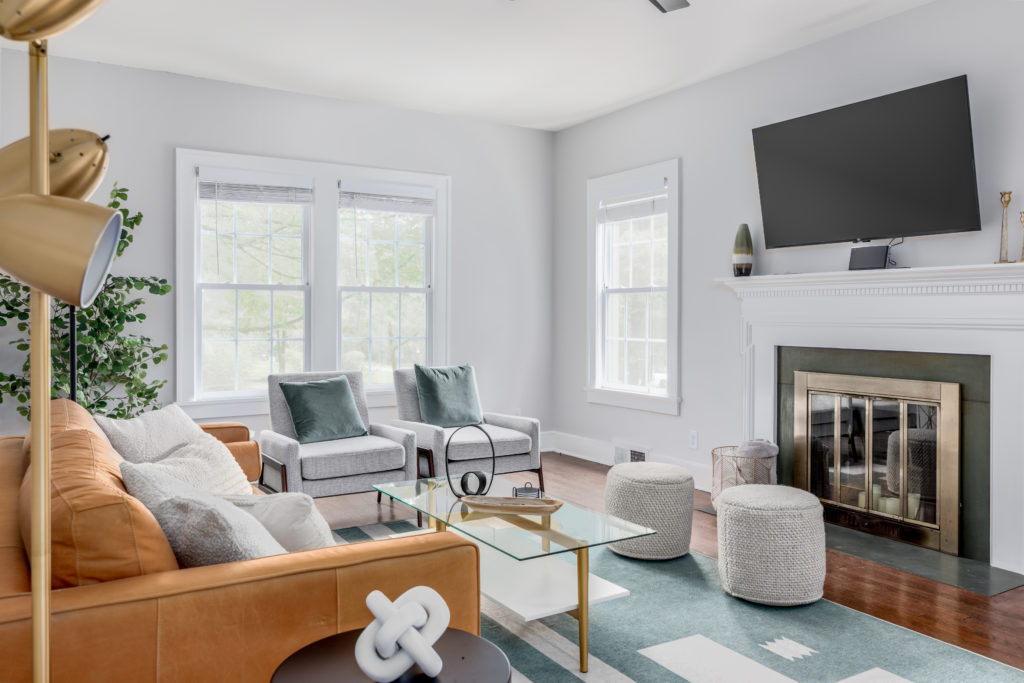
The Farriss House Airbnb in High Point, NC is a gorgeous mid-century modern getaway. I had so much fun with this photoshoot!
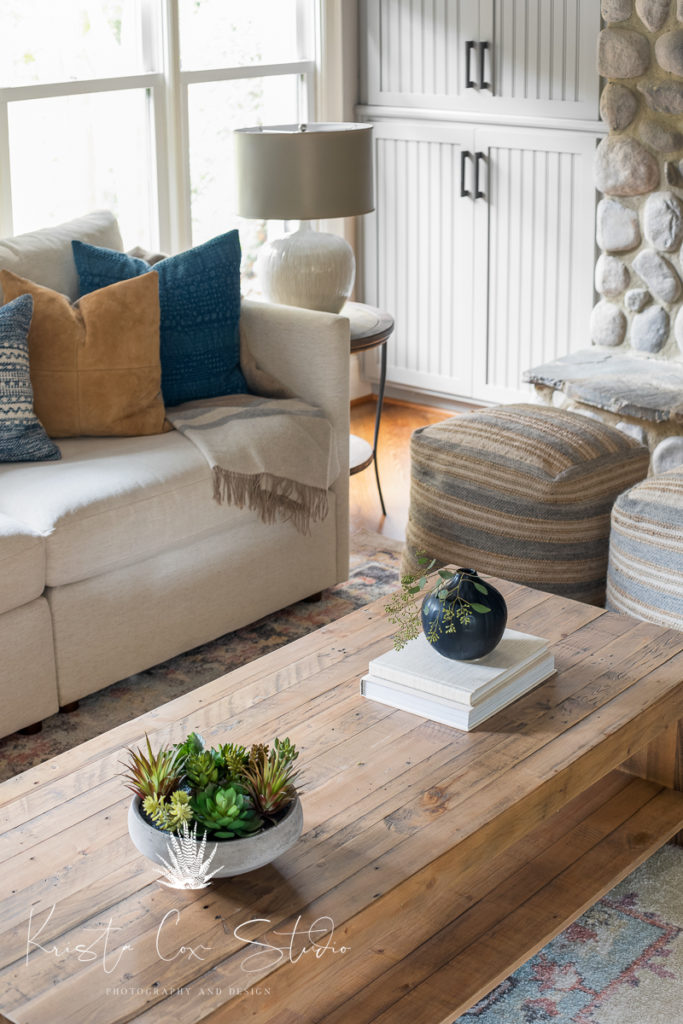
Located in the beautiful Waxhaw, NC (Southern end of Charlotte) this space designed by Jennifer Morrell with An Inspiring Home is utterly breath taking. As
stagnate photos linked to instagram
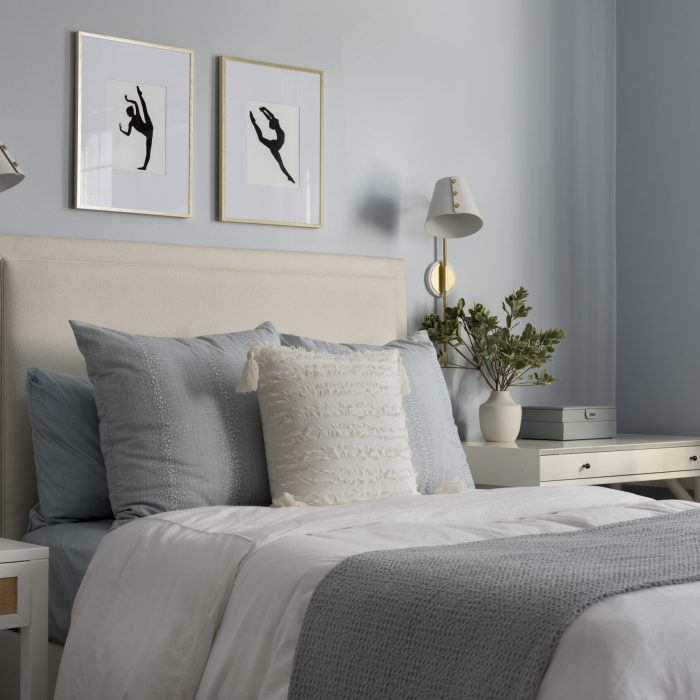
Never miss a thing!
Enter your email below to follow my journey through interior and real estate photography!
© 2024 KRISTA COX STUDIO | ALL RIGHTS RESERVED